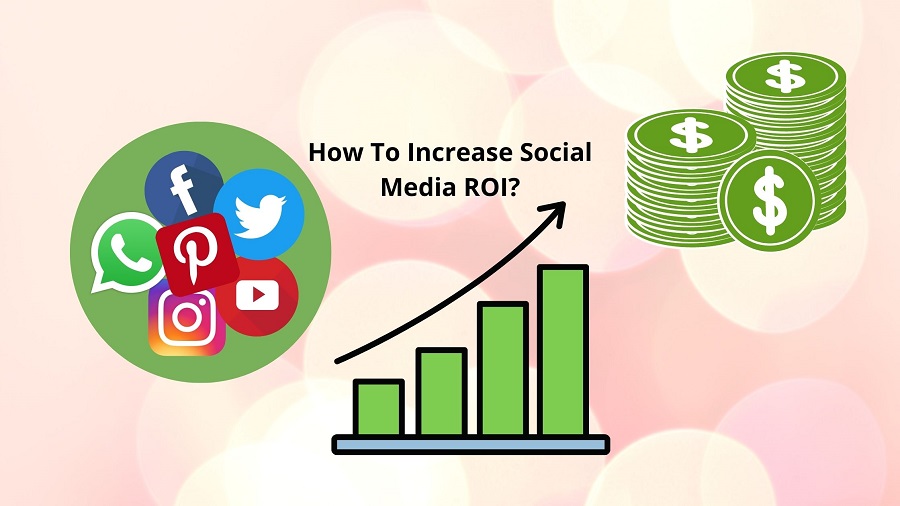Social media has revolutionized the way we connect and interact with others online. Estimated 4.89 billion people are using social media worldwide. Social media platforms like Facebook, Instagram, Twitter, and LinkedIn have become powerful tools for businesses to reach and engage with their target audience. In recent years, the integration of social media and e-commerce has given birth to a new phenomenon known as social commerce. integration
Social commerce refers to the use of social media platforms to facilitate online transactions between businesses and customers. It is the intersection of social media and e-commerce, where companies can leverage social media to drive sales and improve customer engagement. Here, we will explore how social commerce works, its benefits, and the trends shaping its future.
How Does Social Commerce Work?
Social commerce involves several strategies and tactics that you can use to sell your products or services on social media platforms. Some of the most common social commerce strategies include:
- Social Media Marketplaces: Some social media platforms have built-in marketplaces that allow businesses to list their products and services for sale. For example, Facebook Marketplace and Instagram Shopping are popular social commerce platforms that you can use to sell your products directly to your followers.
- Social Media Advertising: Social media advertising is a powerful tool for businesses to contact their target audience and drive sales. By creating targeted ads, you can reach users based on their interests, demographics, and online behavior through targeted ads.
- Influencer Marketing: Influencer marketing involves partnering with social media influencers to promote a service or product. Influencers have a loyal following, and their endorsement can significantly impact a business’s sales and online visibility.
- Social Media Buy Buttons: Social media buy buttons allow users to purchase products directly from social media platforms. For example, Pinterest Buyable Pins allow users to buy products without leaving the Pinterest app.
- Social Media Shoppable Posts: Shoppable posts allow businesses to tag their products in social media posts, making it easy for users to buy the product without leaving the platform. Instagram and Facebook both offer shoppable posts.
Benefits of Social Commerce
Social commerce offers several benefits for businesses that want to improve their online sales and engagement. Here are some of the most significant benefits of social commerce
- Increased Reach: Social media platforms have millions of active users, which means businesses can reach a broader audience than traditional e-commerce platforms.
- Improved Customer Engagement: Social commerce allows businesses to interact with their customers in real time. It also helps to improve engagement and build customer loyalty.
- Personalized Marketing: By leveraging social media data, businesses can create personalized marketing campaigns that target users based on their interests, demographics, and online behavior.
- Higher Conversion Rates: Social commerce enables businesses to create a seamless shopping experience that can lead to higher conversion rates and sales.
- Cost-Effective: Compared to traditional advertising and marketing channels, social media advertising can be more effective and is relatively cheap in reaching target audiences.
Future of Social Commerce
The future of social commerce looks promising, with several trends shaping the industry’s growth. Some of the trends that businesses should pay attention to include
- Social Media Livestreaming: Livestreaming has become increasingly popular on social media platforms. And Businesses can leverage it to sell their products and services. Businesses can showcase their products and interact with customers in real time by creating live product demonstrations.
- Augmented Reality: Augmented reality (AR) technology is becoming more prevalent in social commerce, allowing users to virtually try on products before making a purchase. For example, Snapchat’s AR lenses enable users to try on makeup and accessories virtually.
- Social Commerce Integration: E-commerce platforms like Shopify are integrating social commerce features, making it easier for businesses to sell their products on social media platforms.
- Voice Commerce: With voice commerce, users can interact with virtual assistants like Amazon’s Alexa, Google Assistant, or Apple’s Siri to search for products, place orders, and make payments. Voice commerce is still a relatively new technology. But it is growing continuously. According to a Juniper Research report, voice commerce reaching over $80 billion per annum by 2023. The rise of voice assistants in homes and mobile devices has made it easier for consumers to shop online using their voice.
- Social Media Messaging: Social media messaging apps like Facebook Messenger and WhatsApp are increasingly becoming popular for businesses to engage with customers and facilitate transactions.
- Social Commerce Analytics: As social commerce continues to grow, businesses will need to rely on analytics to measure their performance and optimize their social commerce strategies. Social media platforms are already providing tools to track social commerce metrics.
Conclusion
Social commerce is rapidly growing, and businesses that want to succeed in e-commerce must embrace it. By leveraging social media platforms to sell their products and services, companies can increase their reach, improve customer engagement, and boost their sales. As social media continues to grow, so will businesses, and social commerce that stay ahead of the trends can reap the rewards.



